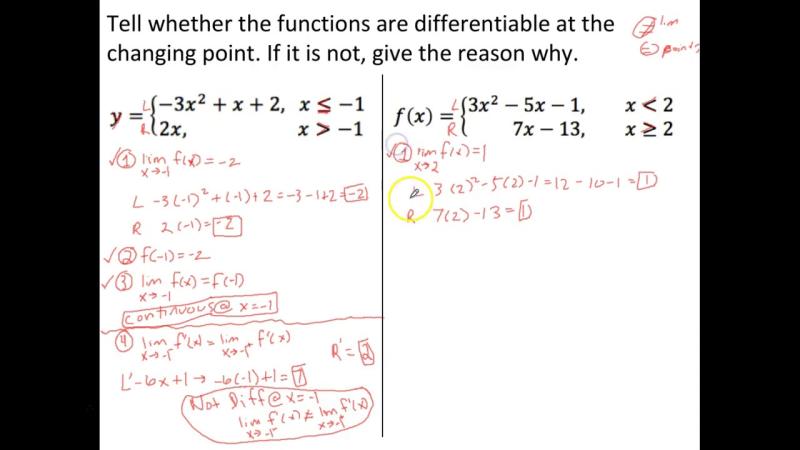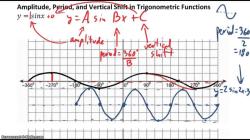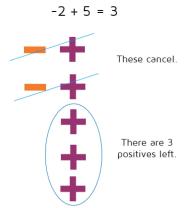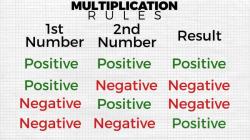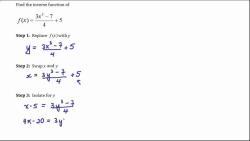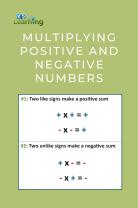How to make a piecewise function differentiable?
Making a piecewise function differentiable involves ensuring that each piece of the function is differentiable within its domain, and the different pieces connect smoothly at the points where they meet. Here are general guidelines on how to make a piecewise function differentiable:
1. Ensure Continuity:
For the piecewise function to be differentiable, it must be continuous. This means that the function values from the left and right sides of the points where the pieces meet must be equal. Ensure that the function is continuous at each break point.
2. Choose Differentiable Pieces:
Each piece of the function should be differentiable within its domain. This typically involves avoiding sharp corners, corners, and vertical tangents. The function should be smooth and have no abrupt changes.
3. Connect Pieces Smoothly:
At the points where different pieces of the function meet, make sure that the derivatives from both sides are equal. This ensures that the function is differentiable at those points. The derivatives from the left and right should match at the connection points.
4. Use Piecewise Polynomials:
Piecewise polynomials, such as piecewise linear or piecewise quadratic functions, are often chosen for differentiability because polynomials are differentiable everywhere. For example, you might represent different parts of your piecewise function using linear or quadratic equations.
5. Avoid Discontinuities in Derivatives:
Ensure that the derivatives of the function do not have abrupt changes or jumps. Discontinuities in the derivatives can lead to non-differentiability.
Example:
Consider the piecewise function:
This function is not differentiable at because the pieces meet with different slopes. To make it differentiable, we can redefine the function at in a way that ensures continuity and differentiability. For example, we can use a single polynomial for the entire function:
Now, the function is a continuous piecewise linear function, and it is differentiable at all points.
Keep in mind that making a piecewise function differentiable may involve some trial and error, and the specific approach can depend on the characteristics of the function and the requirements of the problem you're working on.
Making Piecewise Functions Differentiable
Piecewise functions, by their nature, can have discontinuities at points where the function changes its definition. These discontinuities can lead to the function being non-differentiable at those points. However, there are several methods to make piecewise functions differentiable, ensuring smooth transitions and well-defined derivatives.
1. Matching Function Values:
At the points of discontinuity: Ensure that the function values on both sides of the discontinuity point are equal. This prevents any abrupt jumps in the function, allowing for a continuous transition.
Matching Derivatives: In addition to matching function values, ensure that the one-sided derivatives on both sides of the discontinuity point are equal. This guarantees a smooth transition in the derivative, eliminating points where the function isn't differentiable.
2. Using Absolute Values and Sign Functions:
Absolute value functions: By incorporating absolute value functions into the piecewise definition, you can create smooth transitions at the point of discontinuity. The absolute value function smooths out any sharp corners, ensuring a continuous function.
Sign function adjustments: Utilize the sign function to adjust the slope of the function near the discontinuity point. This allows you to match the one-sided derivatives and ensure a smooth, differentiable function.
3. Limiting Behavior and Limits:
Limits at the point of discontinuity: Analyze the limits of the function as the input variable approaches the discontinuity point from both sides. If the limits exist and are equal, the function can be considered differentiable at that point.
One-sided limits and derivatives: If the limits from both sides exist but are not equal, define one-sided derivatives at the discontinuity point. This allows the function to have different slopes on either side of the discontinuity while still being considered differentiable.
4. Combining Methods:
Often, a combination of the above methods is necessary to achieve a differentiable piecewise function. Analyze the specific function and its discontinuity points to determine the most effective approach.
5. Special Cases:
Piecewise linear functions: These functions are naturally differentiable everywhere, with the derivatives being constant across each segment.
Piecewise quadratic functions: Matching function values and derivatives at the points of intersection ensures their differentiability.
6. Computer Tools:
Several software programs and online tools can assist with analyzing and calculating derivatives of piecewise functions. These tools can help verify the differentiability of your function and visualize its behavior.
Remember:
- Differentiability is crucial for various applications, such as optimization problems and mathematical modeling.
- Understanding the different techniques for making piecewise functions differentiable allows you to work with these functions effectively.
- Always analyze the specific function and its discontinuity points to determine the most suitable method for achieving differentiability.
